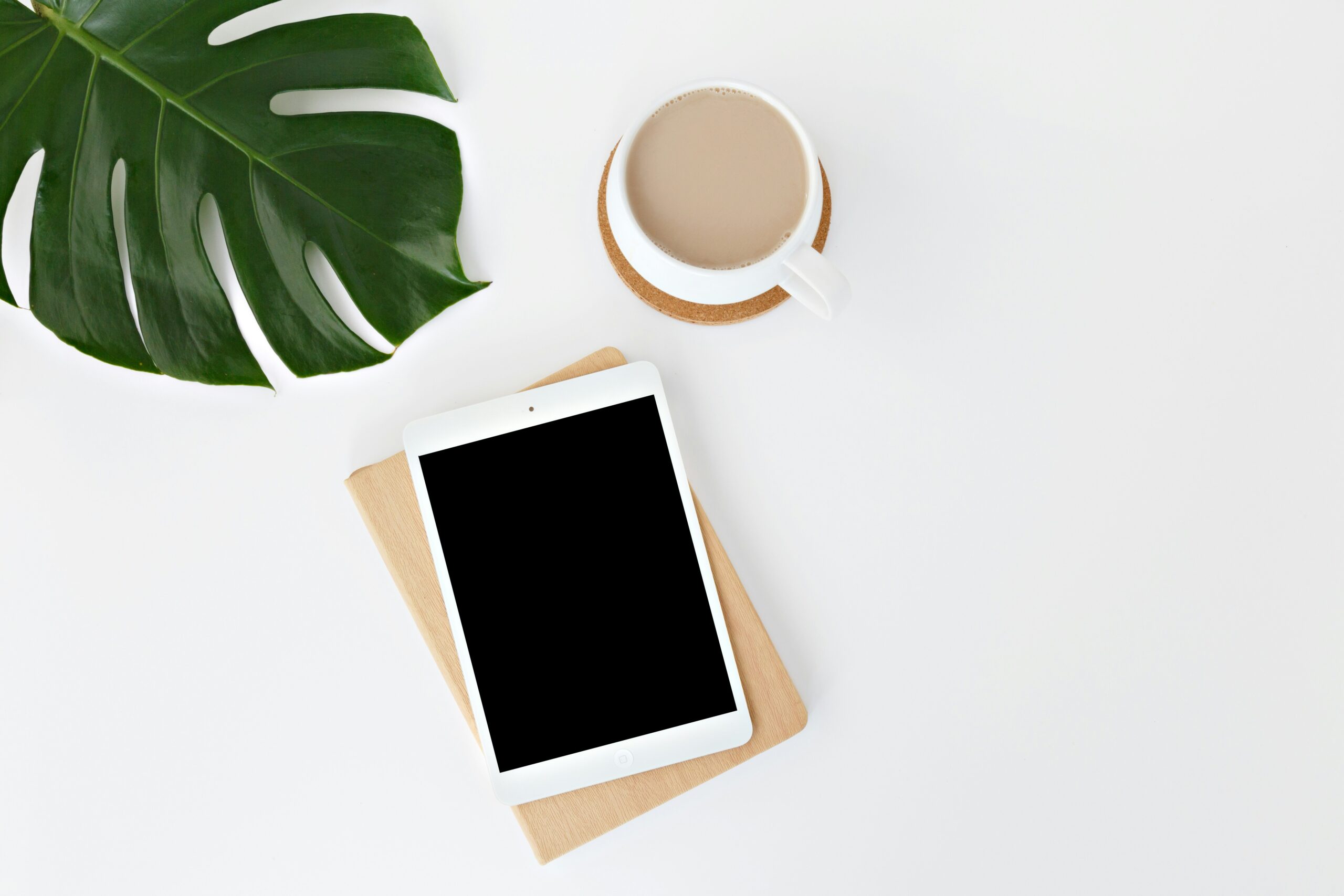Technology is deeply woven into our lives, offering convenience, connectivity, and endless information. Yet, the constant stream of notifications, emails, and screen time can leave us feeling overwhelmed and disconnected from ourselves and the present moment. A digital detox isn’t about abandoning technology altogether—it’s about rethinking your relationship with it to create space for intentional living. Here’s how to strike the balance between staying connected and staying grounded.
1. Recognize the Signs of Digital Overload
The first step to a digital detox is identifying whether technology is interfering with your well-being. Signs of digital overload might include difficulty concentrating, a constant urge to check your phone, or feeling anxious or drained after screen time. Awareness of these signals can motivate you to set boundaries and regain control.
Reflection Question: How does my current use of technology make me feel? Does it enhance or detract from my day?
2. Set Clear Intentions for Your Digital Detox
A successful digital detox begins with a clear purpose. Ask yourself why you want to limit your screen time. Is it to reduce stress, improve focus, or create more meaningful connections? Defining your goals will guide your approach and help you stay committed.
Example Intentions:
- Spend more quality time with loved ones.
- Reclaim time for hobbies, exercise, or mindfulness.
- Reduce distractions to focus on important tasks.
3. Establish Tech-Free Zones
One of the simplest ways to begin a digital detox is by designating certain areas as “tech-free zones.” These are spaces where you intentionally avoid using devices to encourage presence and relaxation. Common tech-free zones include the bedroom, dining table, and living room.
Tip: Keep a journal or planner in your tech-free zones for reflection or creative planning. A Minimal Planner is an excellent tool for organizing your thoughts without distractions.
4. Create Screen-Free Rituals
Replace mindless scrolling with mindful rituals. Whether it’s a morning routine, family dinner, or evening wind-down, these moments are opportunities to step away from screens and connect with yourself or others.
Examples of Screen-Free Rituals:
- Start your day with 10 minutes of journaling why not with a Five Year Story Journal instead of checking your phone.
- Take a walk outside without your phone to enjoy nature.
- Read a book or practice yoga with our Demure yoga mat before bed.
5. Set Boundaries for Work and Personal Screen Time
Blurring the lines between work and personal time is a common cause of digital stress. Establish boundaries to separate the two. For example, avoid checking work emails after a certain time, or schedule specific blocks for personal social media use.
Pro Tip: Use time-blocking in a planner like our Minimal Planner to assign dedicated periods for work tasks, breaks, and personal activities. Stick to these blocks to maintain balance.
6. Limit Notifications and Alerts
Constant notifications are a major source of distraction. Take control by turning off non-essential alerts or setting your phone to “Do Not Disturb” mode during focus times. This helps you stay present and reduces the urge to check your phone.
Action Step: Audit your apps and disable notifications for those that don’t require immediate attention. Keep only what’s necessary.
7. Embrace Digital Minimalism
Digital minimalism involves curating your digital environment to include only what adds value to your life. This means deleting apps, files, or subscriptions that no longer serve you and organizing your devices for simplicity and ease of use.
Practical Tip:
- Unsubscribe from email lists you no longer read.
- Organize your desktop and phone home screen to remove clutter.
- Keep only essential apps and tools you use regularly.
8. Schedule Regular Digital Detox Periods
A full detox may not be practical for everyone, but regular breaks from screens can make a big difference. Schedule specific times or days when you go completely screen-free to recharge.
Example:
- Daily: Unplug for the first and last hour of your day.
- Weekly: Dedicate one evening or day as a no-screen period.
- Monthly: Plan a digital-free weekend for reflection and rest.
9. Rediscover Offline Activities
One of the joys of a digital detox is rediscovering activities that don’t involve screens. Use this time to explore hobbies, engage in creative pursuits, or simply spend time with loved ones.
Ideas to Try:
- Journaling or creative writing.
- Gardening or cooking a new recipe.
- Crafting, painting, or building something with your hands.
10. Reflect and Adjust
A digital detox is not a one-size-fits-all solution. Take time to reflect on what worked and what didn’t during your detox. Adjust your approach to find a sustainable balance that supports your goals and well-being.
Reflection Questions:
- What activities brought me the most joy during my detox?
- How can I incorporate more mindful screen use into my daily routine?
- What boundaries do I need to maintain going forward?
Why Balance Matters
Technology is an incredible tool, but it’s most effective when used intentionally. By stepping back, setting boundaries, and rediscovering the world outside of screens, you create space for deeper connections, greater focus, and a more meaningful life.
Start Your Digital Detox Today
You don’t need to disconnect completely to feel the benefits of a digital detox. Start small by setting boundaries, carving out tech-free moments, or reducing unnecessary screen time. The key is to approach technology with mindfulness and intention—so it enhances your life, rather than overwhelming it.
Take your first step today: turn off your phone, pick up a journal, and reflect on how you can create a healthier balance between technology and intentional living. Your mind—and your life—will thank you.
